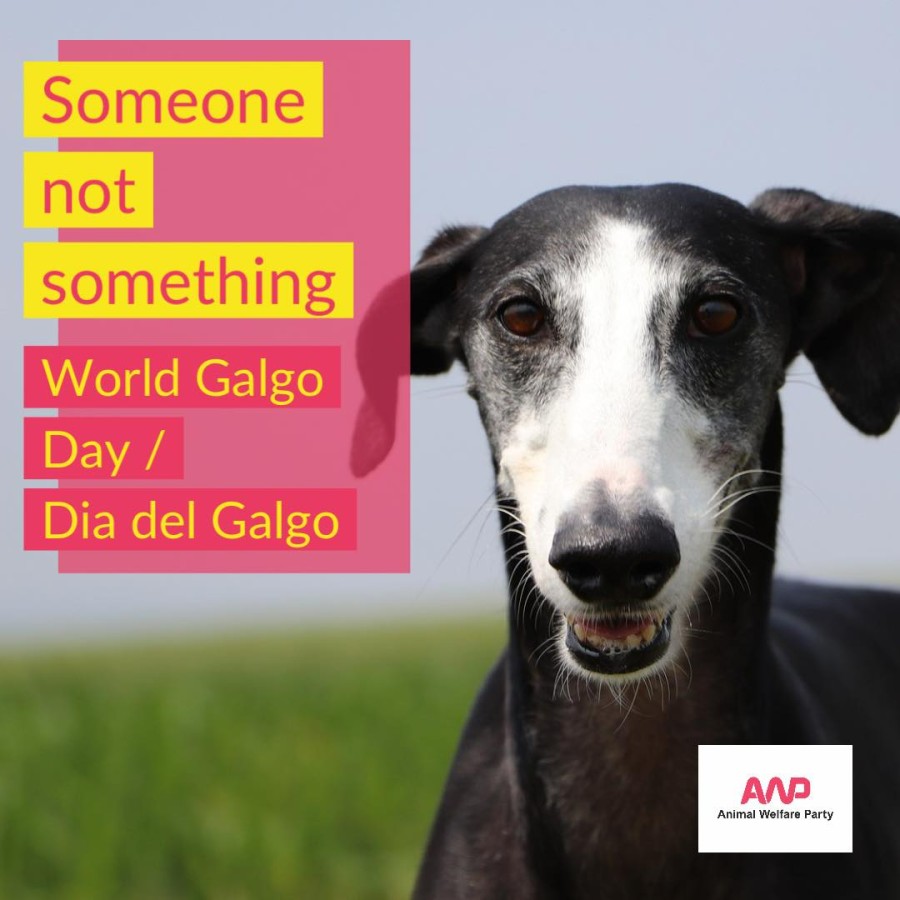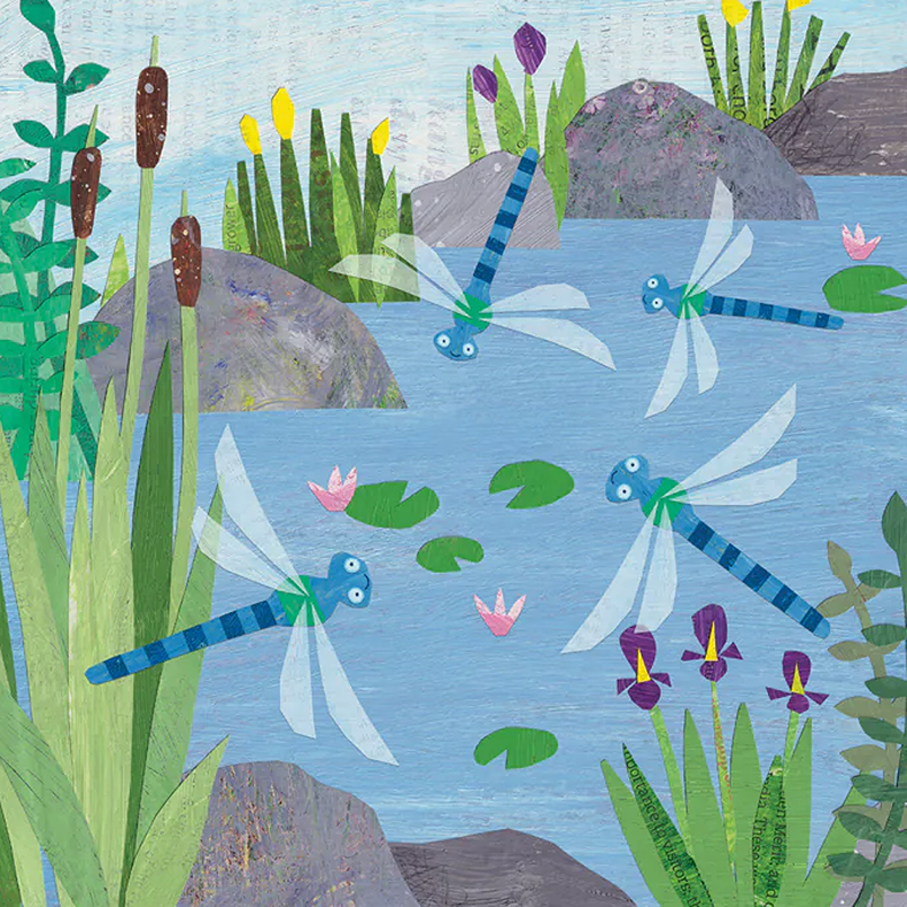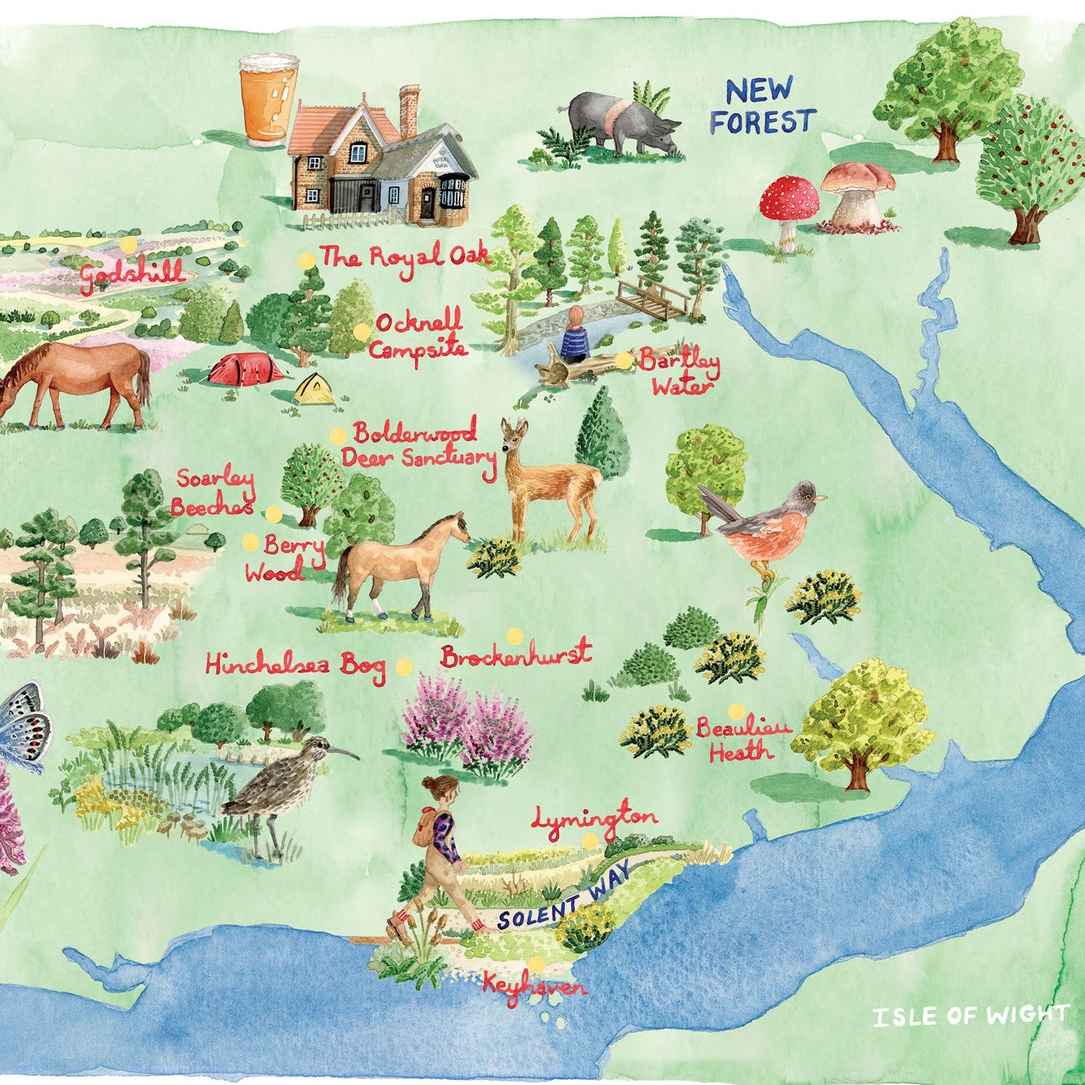How to Help Super-Fast (quite lazy) Greyhounds

Greyhounds are the second-fastest animals on earth (after cheetahs) so this is why they are used for racing. They have higher body temperatures than any other dog breed, which is why it’s dangerous for them to run in hot weather.
Greyhounds can run very fast (and naturally chase rabbits) so you have to ensure they are well-trained before letting them off-lead.
But the good news is that most only need 2 short walks a day as they are naturally quite lazy. They will then ‘behave like cats’ and just curl up on a sofa with you for snuggles!
Greyhounds obviously also haven’t seen roads, so you have to ensure they get proper training, and are kept on-lead near traffic. They also have never seen stairs.
Trainer Susan McKeon suggests looking up the increasing amount of ‘secured fields’ that are rented out if you don’t have a secure garden, and you can also download her her free guide on introducing greyhounds to stairs. Read more on humane dog training.
Create a Cosy Resting Place
Greyhounds adore comfort, spending long hours curled up in their favourite spot. Their lean bodies have little padding, so hard floors aren’t friendly on their joints. Offer them a soft, supportive bed with plenty of space.
Place it somewhere quiet but close to family action, so your dog never feels left out. Regularly check their bedding for wear and wash it often (with unscented laundry liquid) to keep things fresh and inviting.
Keep Exercise Fun but Gentle
Many greyhounds prefer short blasts of activity over long sessions. They love sprinting in safe, enclosed spaces, but they’ll quickly head back to the sofa once they’ve used up their energy.
Aim for regular, short walks and a few chances each week to run off-lead in a secure field. Never force them to run or walk too far, especially in hot weather.
Control Their Weight
Because greyhounds are so laid-back between sprints, weight gain can sneak up on them. Keep meals measured and avoid too many treats. Look for food designed for greyhounds or other large breeds with slower metabolisms.
Regular weigh-ins help you spot changes early, and your vet can guide you if you need extra support. Maintaining a lean frame keeps their joints and heart in better shape.
Mind Their Thin Skin
Greyhound skin tears easily, so choose collars and harnesses that are soft and well-fitted. Remove anything that could snag their skin in the house and garden. If your greyhound gets a scratch or graze, clean it gently and check for signs of infection.
In winter, keep an eye on any exposed skin, as they can feel the cold more than other breeds. A warm coat or jumper helps on chilly walks.
Prevent Boredom with Enrichment
Even the laziest greyhound needs something to do now and then. Rotate toys to keep them interested.
Interactive games with you count, too — such as gentle tug, find-the-treat, or short sessions of basic training.
Protect Against Cold and Heat
Greyhounds have little body fat or fur, so they struggle in extreme weather. In cold weather, dress them in a coat before heading outdoors. Avoid walking in very warm or hot weather, and never leave them in a hot car or unshaded garden. Offer cool mats and plenty of water.
Indoors, provide blankets and keep their bed away from draughts.
Maintain Regular Health Checks
Routine vet check-ups are key for catching problems before they grow. Greyhounds can be prone to dental issues, so brush their teeth and ask for dental checks.
Watch for signs of arthritis, which is more common in older, less active greyhounds. Keep an eye on their nails, as they grow quickly and can pull or break easily if left too long.
Nurture a Calm Routine
Greyhounds are creatures of habit. Stick to regular feeding and walking times, so your dog knows what to expect. Movements around the home should be calm and predictable. If introducing something new, like a visitor or a car journey, do it gently and use plenty of praise.
A steady routine helps nervous greyhounds feel safe, while even the boldest enjoy the comfort of knowing how their day will unfold.
Offer Gentle Socialisation
Some greyhounds are shy, especially if they’re adopted after racing. Introduce new people and pets slowly and let your dog approach in their own time.
Supervised play with calm, friendly dogs can help them relax and build confidence. Never force them to interact if they look worried — patience pays off and builds trust over time.
Monitor for Signs of Discomfort
Because greyhounds are stoic, they won’t always show when something’s wrong. Watch out for subtle changes like limping, licking a paw, or avoiding stairs.
Reluctance to rise, a loss of appetite, or sudden behaviour changes deserve attention. If you’re in doubt, speak to your vet — catching issues early means quicker, easier treatment.
Issues with Greyhound Racing Industry

Although the racing industry (with vested interests) would disagree, there are huge issues with greyhound welfare. No doubt some greyhounds are well-cared for. But when you make ‘animals a business’, there are usually issues. And lots of them in this case.
League Against Cruel Sports campaigns for better welfare for greyhounds, and asks people not to gamble on them at racecourses (usually run around an oval circuit, chasing a mechanical hare). In 2022, 99 greyhounds died and almost 4500 dogs were injured, and another 306 died or were put to sleep, outside the course.
For higher profits, greyhounds are usually fed cheap food, not given proper medical care and housed up to 23 hours a day without company (or muzzled with another dog, which stresses both out).
Most racing greyhounds retire after 2 or 3 years. If homes are not found (most of the time), dogs end up in shelters or some are even killed and exported to Spain (galgos are often hung from trees if not fast enough or at the end of the season – some are exported to China).
Others are sold for dissection or even thrown in the sea. The same happens in Ireland, where greyhound racing is very popular.
Action Against Greyhound Racing is an alliance of organisations that campaigns to get welfare issues heard in parliament, to reduce over-breeding, injuries and deaths to create profits for the gambling industry (self-regulated so dogs are not given the same protection as pets).
The speeds at which greyhounds race make injuries very common, especially in hot weather. You wouldn’t walk your dog on a warm day, but dogs have to race up to 40 miles an hour, no matter what the temperature.
Will Greyhounds Disappear, if not Raced?
This is similar to the argument of ‘but if people went vegan, sheep would die out!’ There will always be some who breed greyhounds and ‘happy accidents’ would continue.
This ancient breed (the only one mentioned in the Bible) has been around in ancient Egyptian times. They lasted this long, way before greyhound racing was an industry.
Greyhound Racing is Less Popular
One stadium in England recently held its last ever race (having held races since 1927). Just like bullfights are closing in Spain due to lack of patronage, the same is happening here with greyhound racing. One peaceful protestor said the end of racing at the stadium, means no more dogs will lose their lives in a fading industry.
Yet while some places are closing (and Wales’ only remaining racetrack will likely close as the government considers a nationwide ban), in Wolverhampton the council is considering building a new stadium, against massive public opinion.
Not only will this go in the opposite direction (there are only just over 20 racetracks left in England) but the dogs that are over-bred end up in shelters, swelling our over-populated shelters even more, and putting more financial and time pressure on selfless staff and volunteers.
The conditions that the dogs live in are horrendous, and the treatment that they get at the end of it is unbelievable. Northern Ireland animal sanctuary
Why Sighthounds Make Wonderful Pets

Greyhounds are one of the most gentle breeds, and make wonderful pets. Obviously if you adopt or foster, ensure your lifestyle is suited. See the pets tag for more information, including info on unsafe foods & garden plants to avoid).
There are heaps of shelters that you can support that rehome greyhounds. Even if you don’t adopt, you could volunteer to help with walking, building work, admin or fundraising. Or join Snuggles Project to knit/crochet comfy blankets, while animals wait for homes. A few good places to support:
Greyhound racing is coming to an end. I have a feeling in 5 years we won’t see any more greyhound racing (former track manager)
One champion of rescued greyhounds is the lovely actress Annette Crosbie (who played Victor Meldrew’s wife in the comedy One Foot in the Grave). She adopted her first ex-racer over 25 years ago and campaigns for welfare changes.
Greyhound racing is a self-regulating gambling business that depends on the uncontrolled breeding and unaccountable disappearance of thousands of dogs every year. That is a situation that is unacceptable and indefensible. Annette Crosbie
Other celebrities who campaign to end greyhound-racing are singer Leona Lewis, model Twiggy, writer Jilly Cooper and gardener Monty Don.
Difference Between Greyhounds & Lurchers?
Most of us who are not breed experts may not know the differences between greyhounds, lurchers and whippets. Lurchers are cross-bred, whereas greyhounds (and whippets) are purebred pedigree dogs. Whippets are smaller but have more energy than lazy greyhounds!






